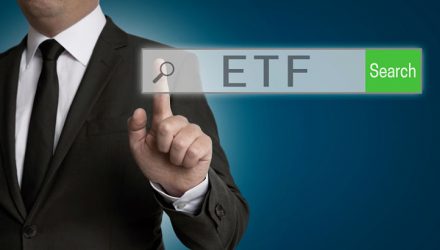By Micah Wakefield, Swan Global Investments
Recently, Swan held its second annual CIO Summit where over 80 participants converged in Chicago to discuss challenges facing investors. It was an opportunity for seasoned financial professionals to connect and share ideas.
Under the roof of the Kimpton Gray Hotel, institutional consultants, wealth managers, endowment and foundation trustees, liquidity providers, ERISA experts, and academics came together to discuss the following topics:
- Challenges facing capital markets
- ETF trends, risks, and liquidity
- Option strategies and solutions
- Endowment, Foundation, and Pension challenges
- Ways to offload beta
- Defined Contribution/401(k) solutions
- The Defined Risk Strategy and ways to implement it in a portfolio
One of the sessions focused on the growing usage of ETFs, the trends and innovations taking place in the industry, and the risks and issues involved with ETFs. Without a doubt, the exchange traded fund market has grown enormously, mostly as assets have moved from active to passive management. Experts from three major ETF firms, Keegan Toci from BlackRock, Dave LaValle from State Street Global Advisors, and Eric Pollackov from Invesco PowerShares, shared their insight and expertise as to what changes and improvements have been made over the last few years to accommodate this growth and ensure orderly pricing, trading, and liquidity.
Almost everyone is using ETFs now in some shape or form. They’re used by hedge funds, institutions, pension plans, mutual funds, endowments, individuals, prop traders, you name it. And there has been a lot of innovation in the space over the last decade as well.
These experts highlighted some of the key innovations they think have had an impact on the marketplace the last few years, such as smart beta ETFs, sector or theme-specific ETFs, fixed income ETFs, and more. But these innovations and the massive move of assets into ETFs raises an important question: what is the impact on the market? We believe it is important to also consider the risks when utilizing ETFs. Not all ETFs or ETF strategists are created equal. Some specific risks and factors must be considered by any investor in order to make an informed decision.
At Swan, understanding risk in its many forms is a priority to us. The discussion on risks associated with ETFs and how some of them can be mitigated or addressed included such risks as composition risk, methodology risk, counterparty risk, closure risk, tax risk, and crowded trade risk.

